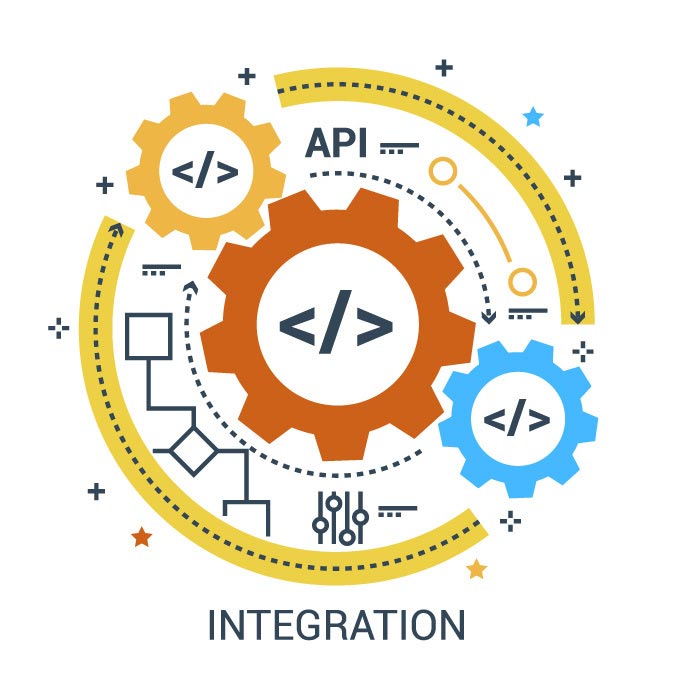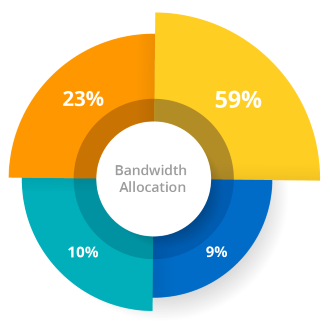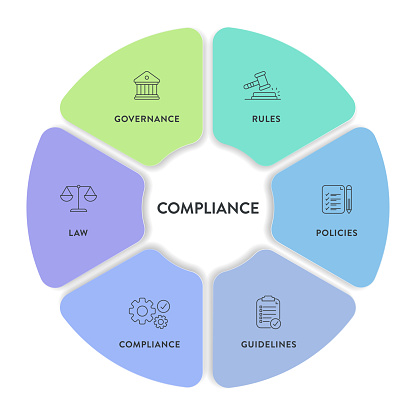The Need
As businesses modernize their communication infrastructure, migrating from legacy telephony systems to VoIP (Voice over Internet Protocol) becomes essential. Traditional PBX systems are costly to maintain, lack scalability, and offer limited integration with digital platforms. VoIP enables flexible, cloud-based communication that supports remote work, unified messaging, and real-time collaboration. However, without proper planning and integration, migration can disrupt operations and compromise call quality. System Integration Consulting ensures a smooth transition by aligning VoIP with existing IT infrastructure, security protocols, and business workflows. Mubadara’s VoIP migration services help organizations reduce costs, improve communication efficiency, and future-proof their operations.


How it Works
We begin by assessing your current telephony setup, network capacity, and communication needs. Our team identifies compatibility gaps, bandwidth requirements, and integration points with existing systems like CRM, ERP, and collaboration tools. We then design a VoIP architecture tailored to your environment—whether on-premises, cloud-based, or hybrid. Migration includes configuring SIP trunks, deploying IP phones or soft clients, and setting up call routing and voicemail systems. We also implement QoS policies, security protocols, and monitoring tools to ensure call clarity and reliability. Training and support are provided to ease the transition. The result is a seamless, scalable communication platform integrated into your broader system architecture.
Infrastructure Assessment & Readiness
We begin by evaluating your existing network infrastructure to determine its readiness for VoIP deployment. This includes analyzing bandwidth capacity, router and switch capabilities, firewall configurations, and power backup systems. We assess whether your cabling supports Power over Ethernet (PoE) for IP phones and identify any bottlenecks that could affect call quality. Our team also checks for network segmentation and prioritization capabilities. The goal is to ensure a stable, high-performance foundation that can handle voice traffic reliably. A thorough assessment helps avoid disruptions and ensures a smooth migration process.


VoIP Architecture Design
We design a tailored VoIP architecture that aligns with your business model—whether on-premises, cloud-hosted, or hybrid. This includes planning SIP trunking, call routing, voicemail systems, conferencing features, and integration with collaboration platforms like Microsoft Teams or Zoom. Our design ensures scalability, redundancy, and high availability. We also factor in disaster recovery, remote access, and multi-site connectivity. The architecture is built to support future growth and evolving communication needs. Documentation and configuration templates are provided for easy management and updates.
System Integration & Compatibility
VoIP must integrate seamlessly with your existing IT systems to deliver full value. We ensure compatibility with CRMs, ERPs, email servers, and directory services such as Active Directory. This enables features like click-to-call, call logging, voicemail-to-email, and unified messaging. We conduct thorough testing to avoid conflicts and ensure smooth operation across platforms. Our integration strategy enhances productivity and streamlines workflows. It also supports centralized user management and reporting. The result is a cohesive communication ecosystem.


Quality of Service (QoS) Configuration
Call quality is critical in VoIP systems. We configure QoS policies to prioritize voice traffic over data, minimizing latency, jitter, and packet loss. This includes setting up VLANs for voice, traffic shaping, and bandwidth reservation. We also optimize router and switch settings to support real-time communication. QoS ensures consistent performance even during peak network usage. Monitoring tools are deployed to track call metrics and adjust configurations as needed. This component guarantees a professional-grade voice experience across your organization.
Security & Encryption
VoIP systems are vulnerable to cyber threats such as eavesdropping, spoofing, and denial-of-service attacks. We implement robust security measures including SRTP (Secure Real-Time Transport Protocol), TLS encryption, and secure SIP authentication. Firewalls and intrusion prevention systems are configured to protect VoIP traffic. We also enforce access control policies and monitor for suspicious activity. Regular updates and vulnerability assessments are part of our strategy. This component ensures that your voice communications remain confidential, secure, and compliant with data protection regulations.


User Training & Change Management
Successful VoIP migration depends on user adoption. We provide comprehensive training for end-users and IT staff, covering system usage, troubleshooting, and best practices. Training materials include guides, videos, and live sessions. We also implement change management strategies to address resistance and ease the transition. Communication plans, feedback loops, and support channels are established to assist users during rollout. This component ensures a smooth onboarding experience and maximizes the benefits of your new VoIP system.
Monitoring & Performance Management
We deploy monitoring tools to track system health, call quality, usage patterns, and uptime. Dashboards provide real-time insights into performance metrics such as MOS (Mean Opinion Score), latency, and jitter. Alerts are configured for anomalies and service disruptions. Historical data supports capacity planning and SLA tracking. We also conduct periodic reviews to optimize configurations and improve reliability. This component ensures that your VoIP system remains efficient, responsive, and aligned with business needs.


Disaster Recovery & Redundancy
VoIP systems must remain operational during outages. We design redundancy into your architecture with backup SIP trunks, failover servers, and cloud-based fallback options. Automated rerouting ensures uninterrupted communication. We also implement backup power solutions and test recovery protocols regularly. This component supports business continuity and minimizes downtime. It ensures that your organization can maintain communication during emergencies or infrastructure failures.
Compliance & Regulatory Alignment
We ensure your VoIP system complies with local telecom regulations, emergency dialing requirements, and data protection laws. This includes configuring call recording policies, maintaining audit trails, and enabling location-based emergency services (e.g., E911). Our consulting aligns your system with standards such as ISO 27001, NCA ECC, and GDPR. We also assist with documentation and audit readiness. This component ensures legal compliance and builds trust with stakeholders.



